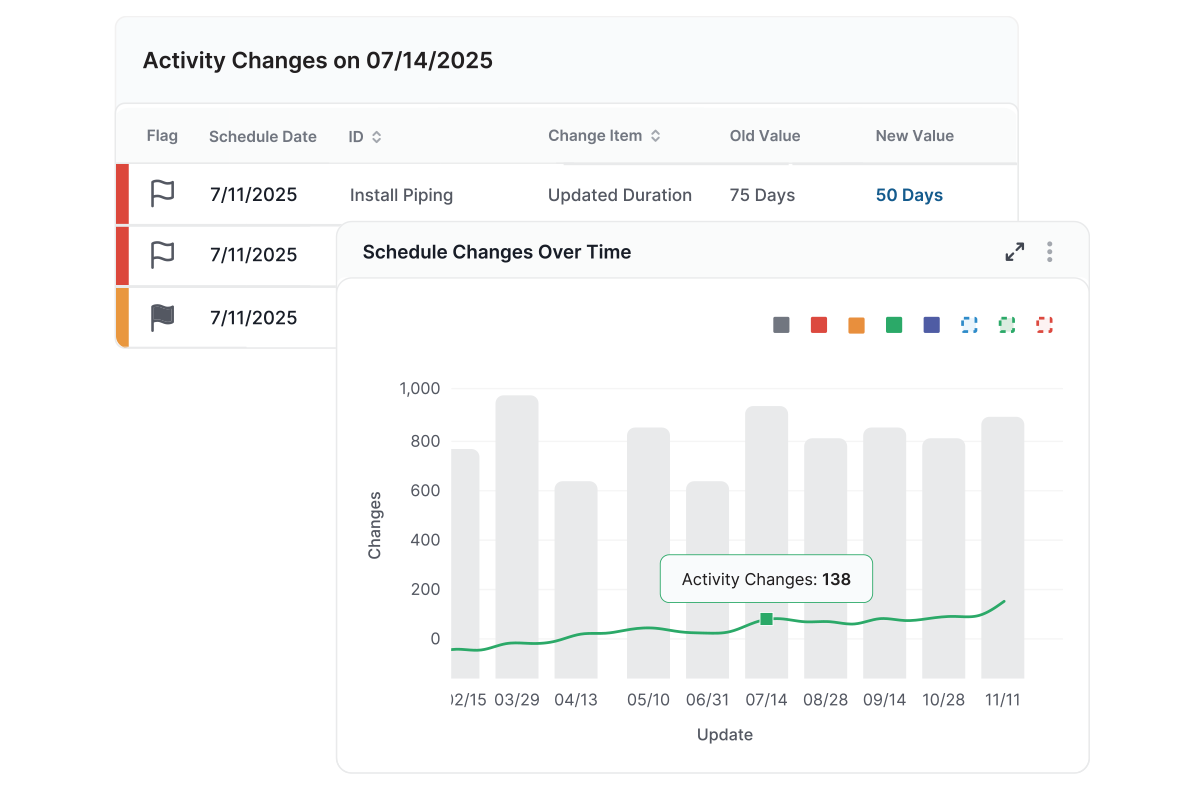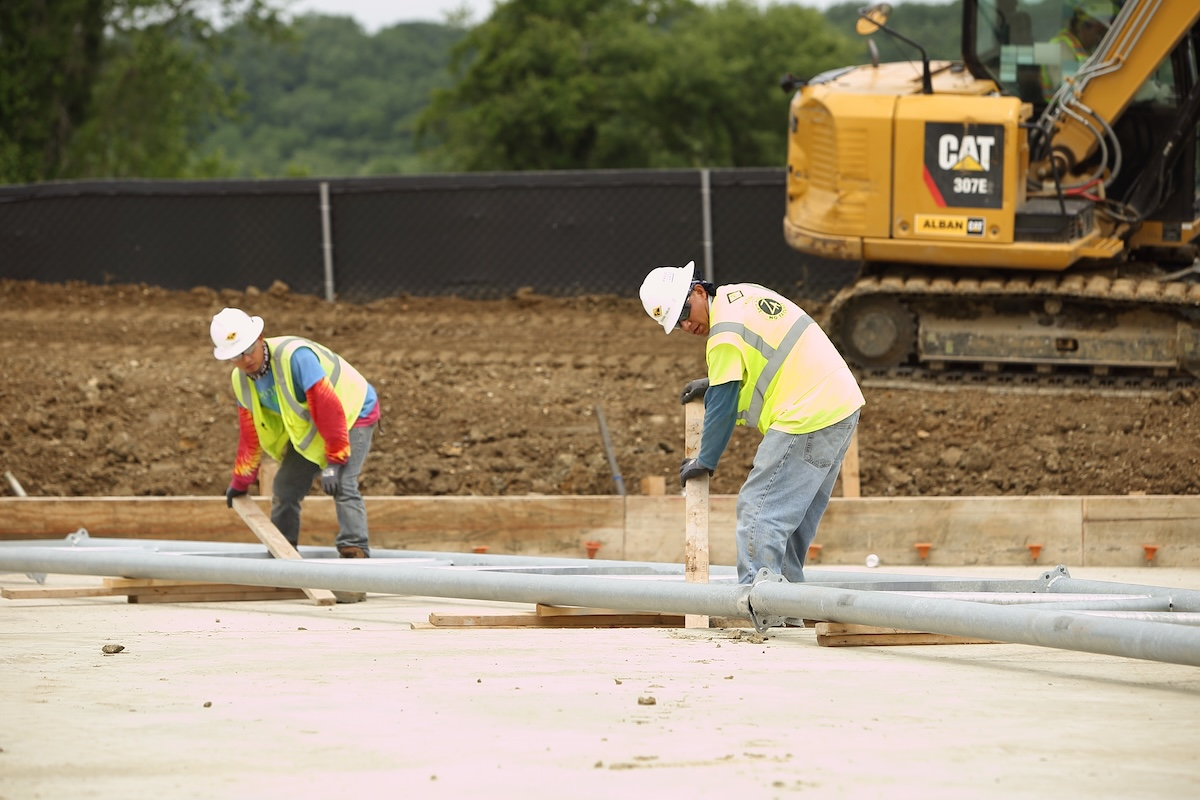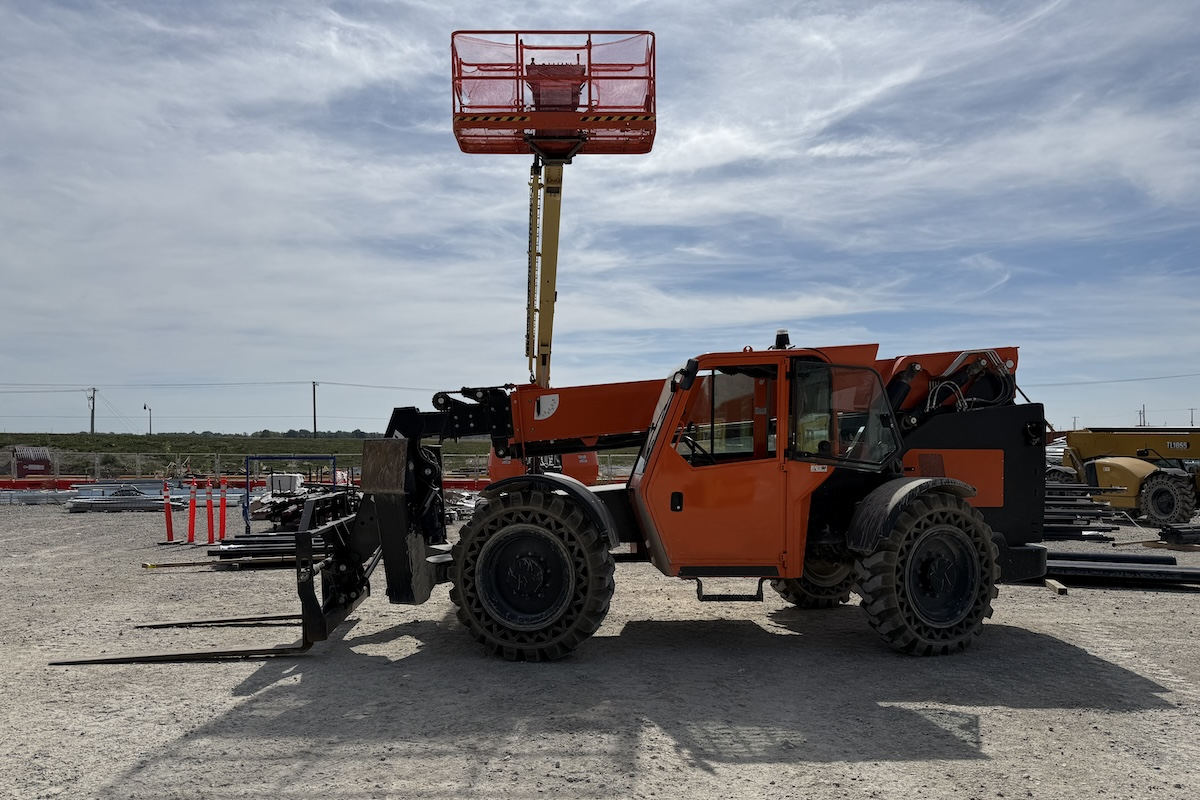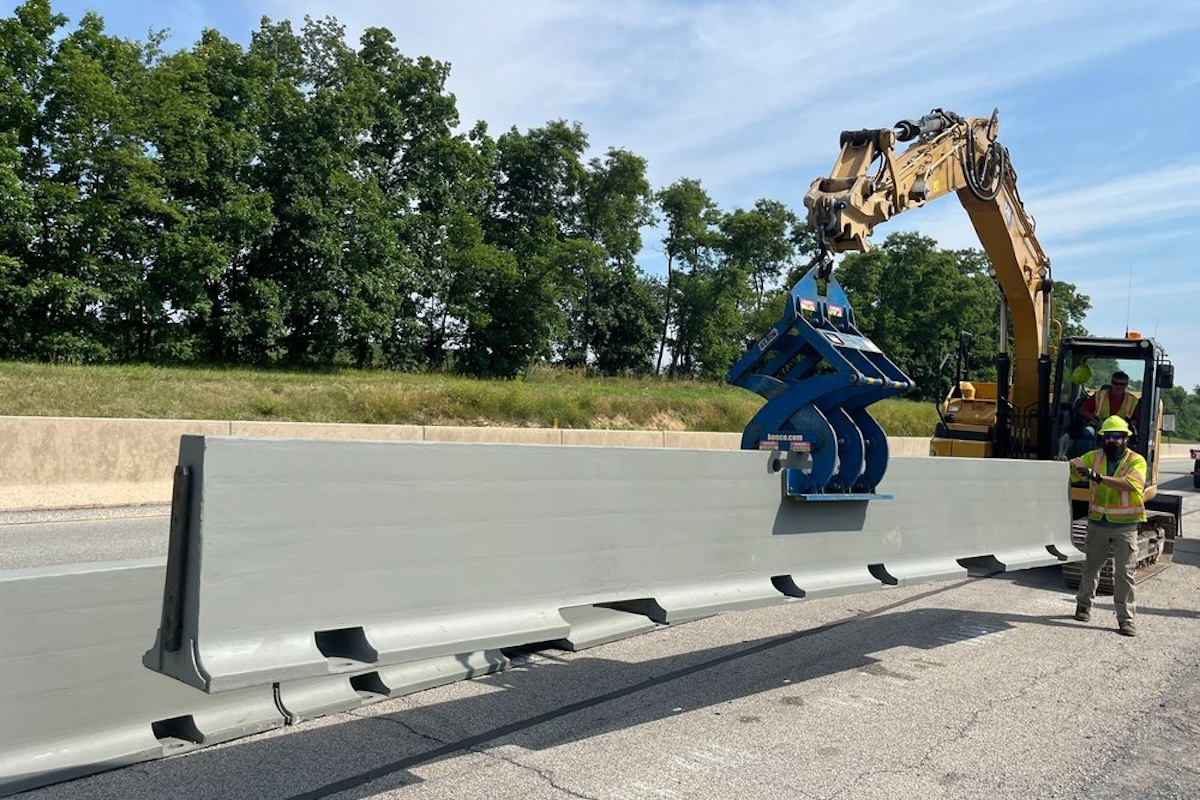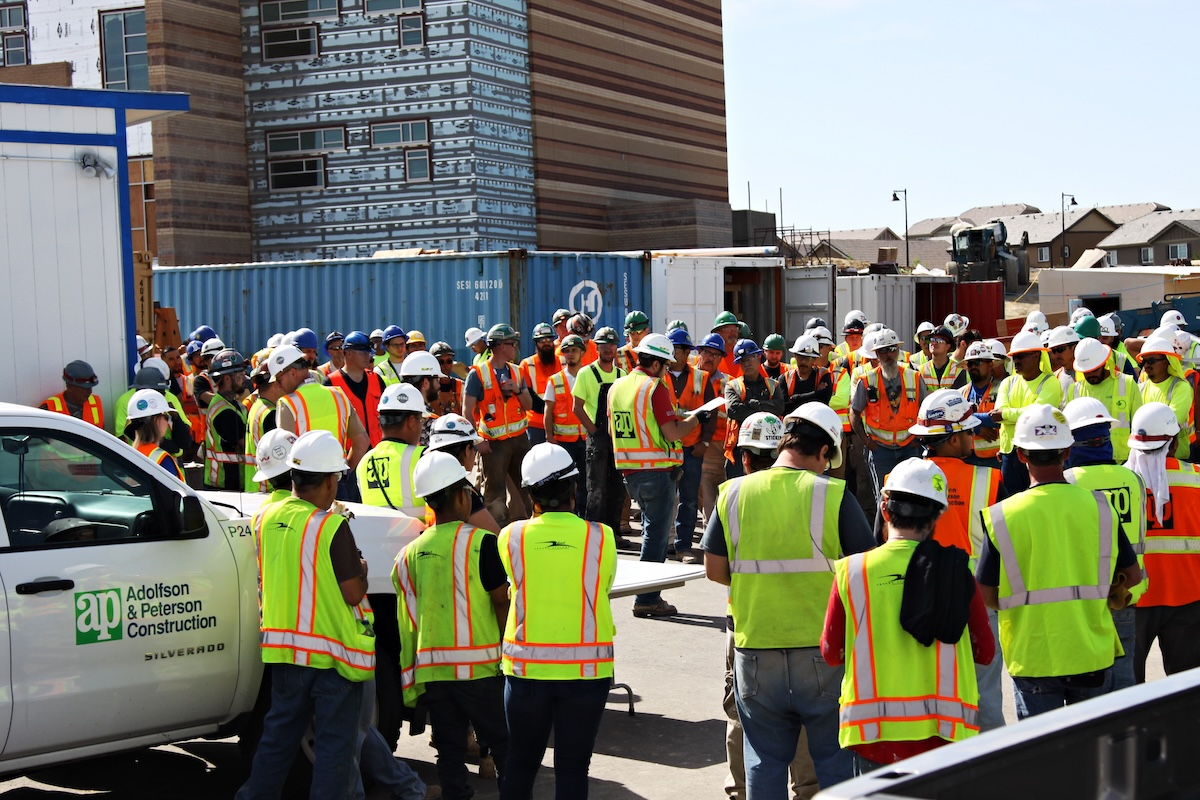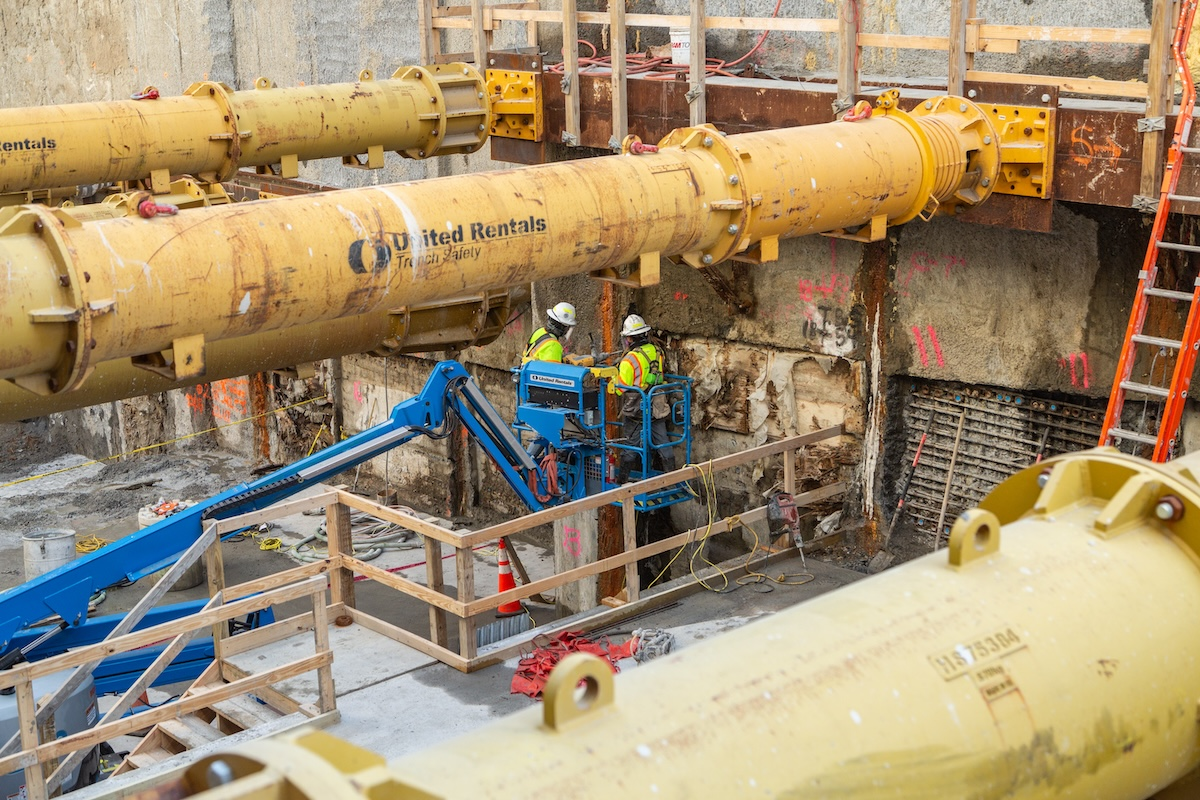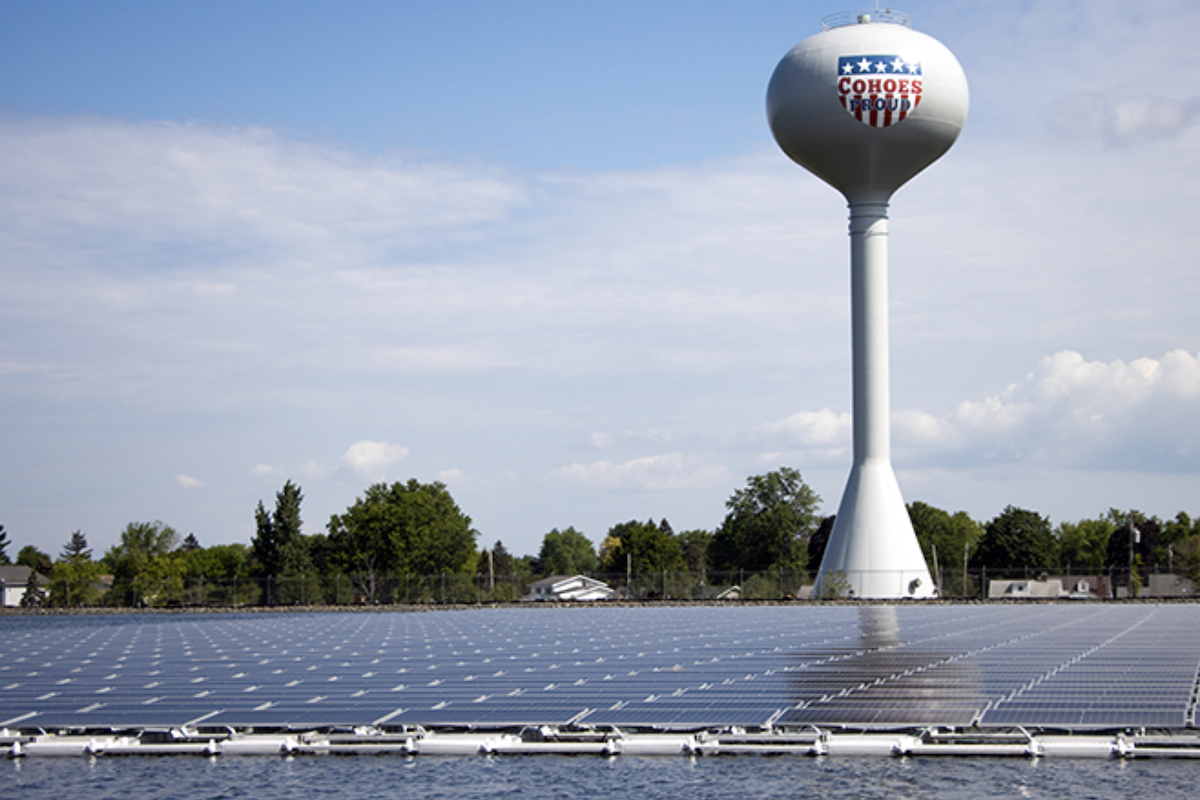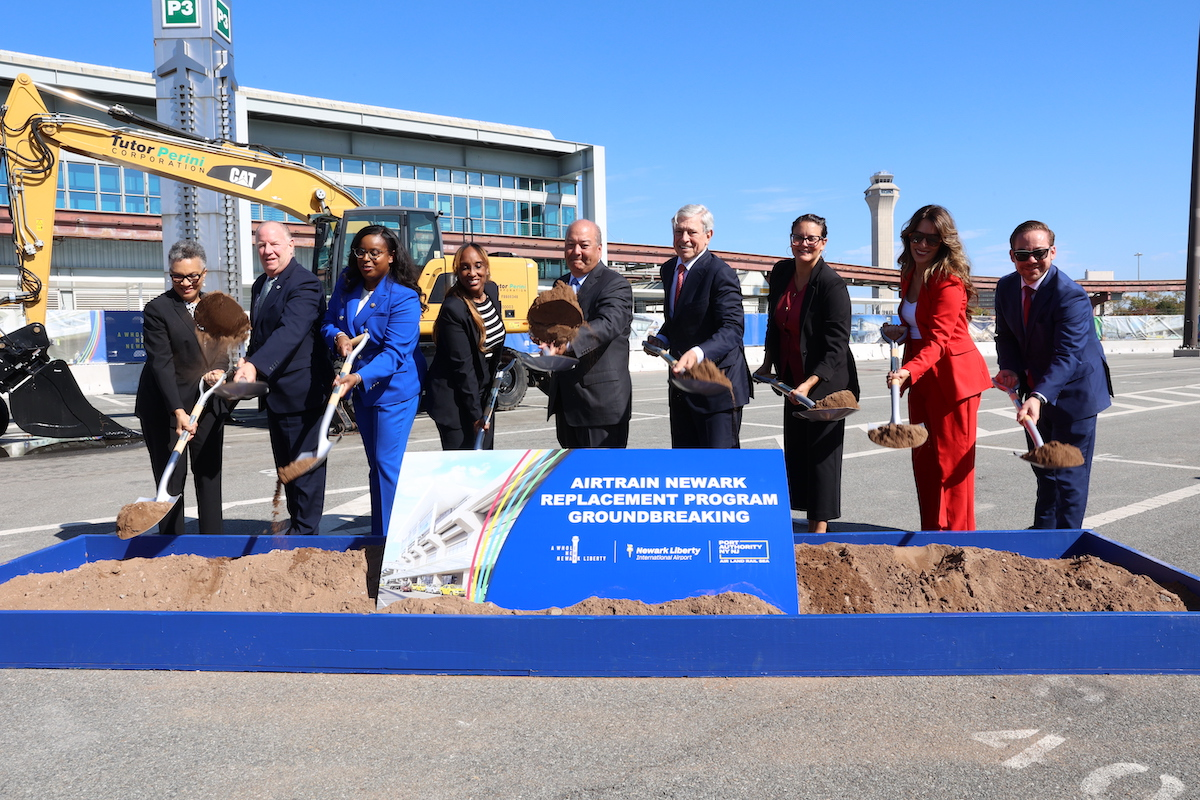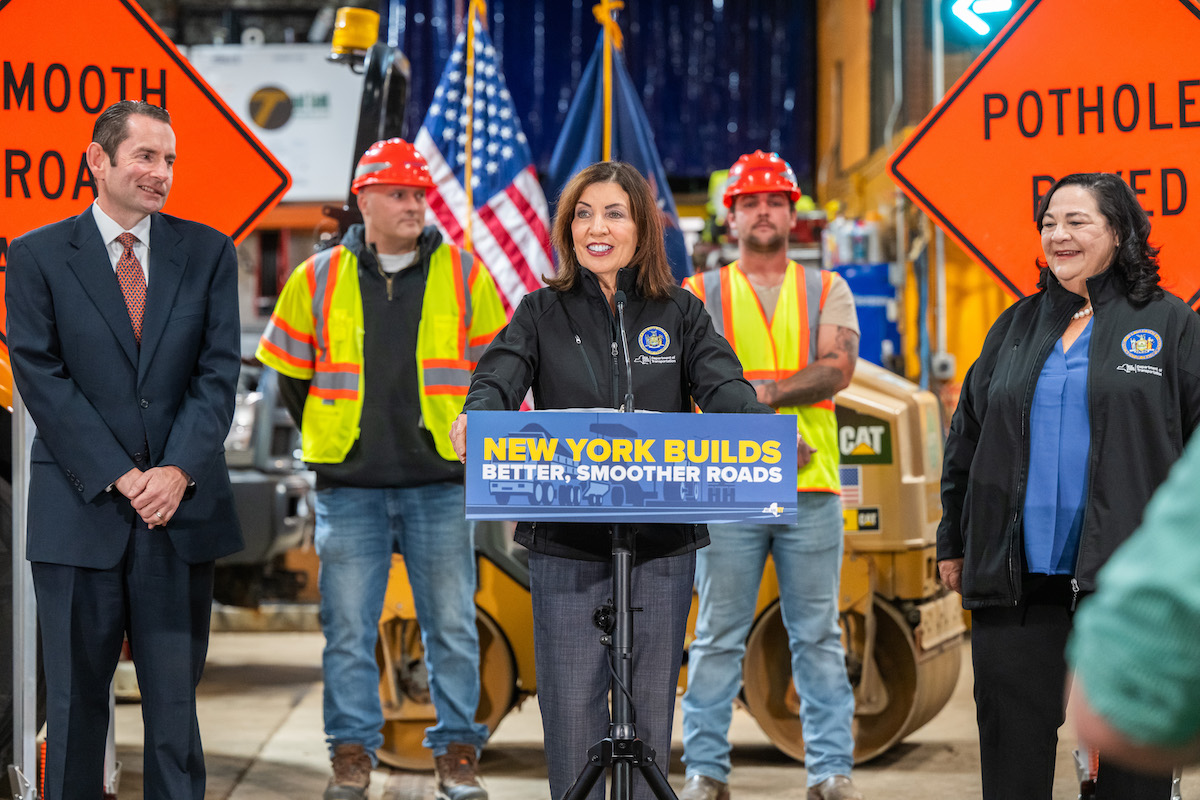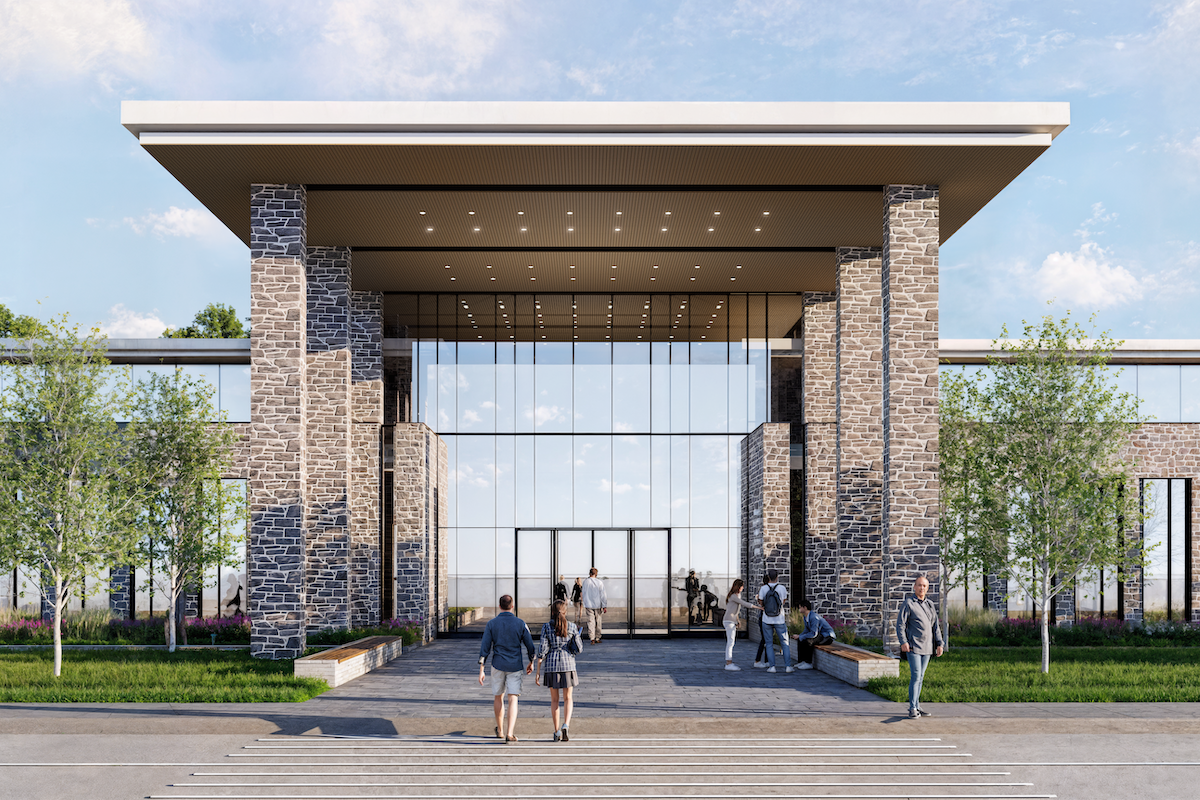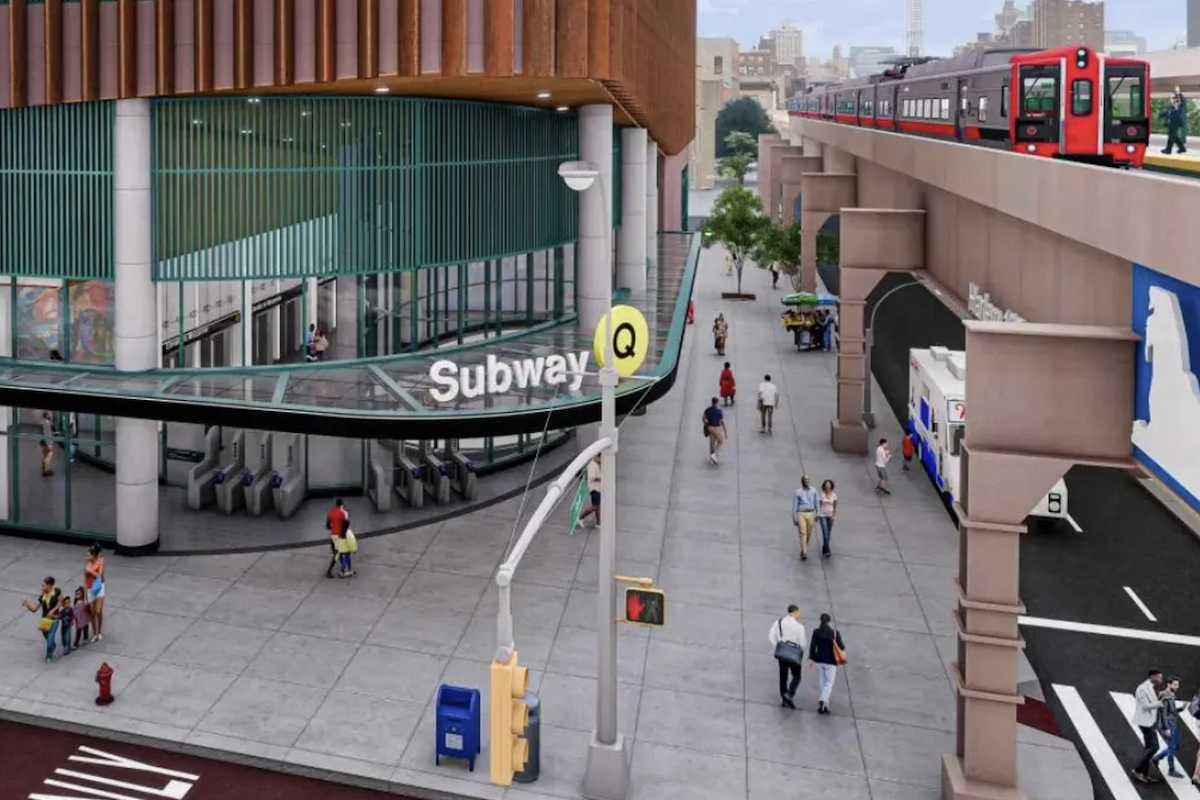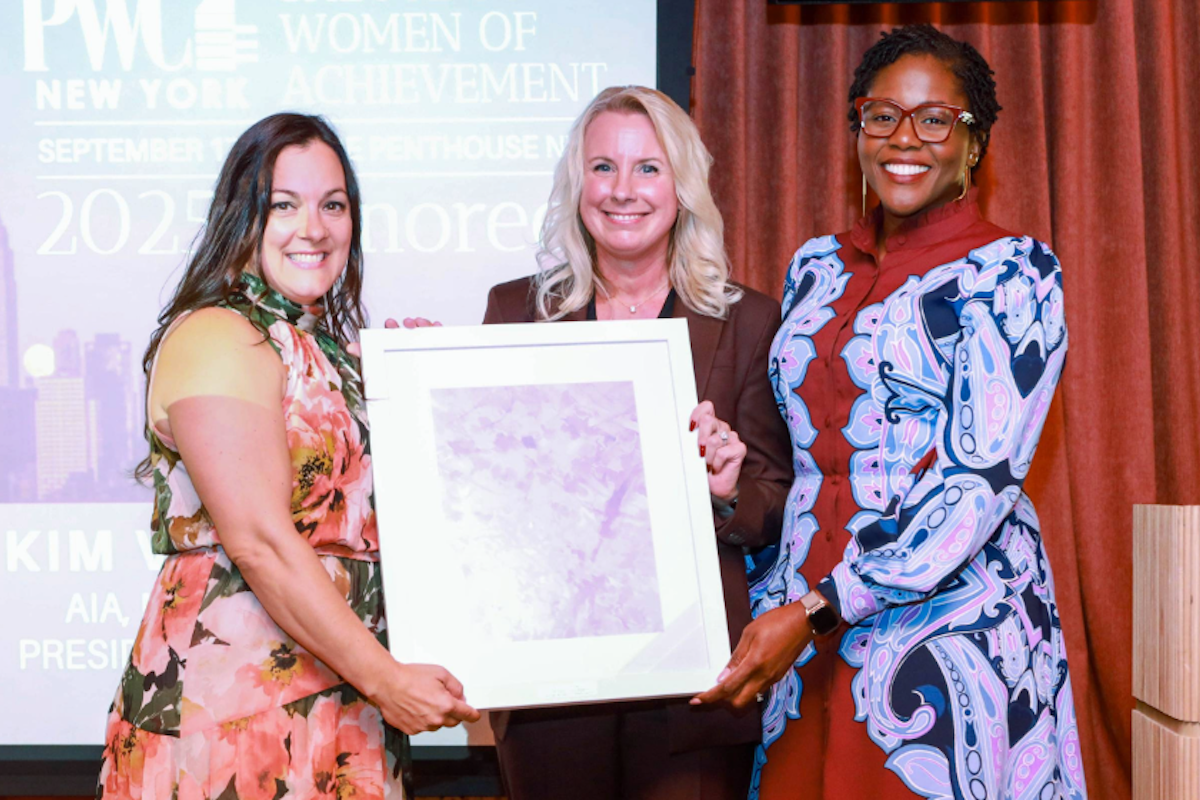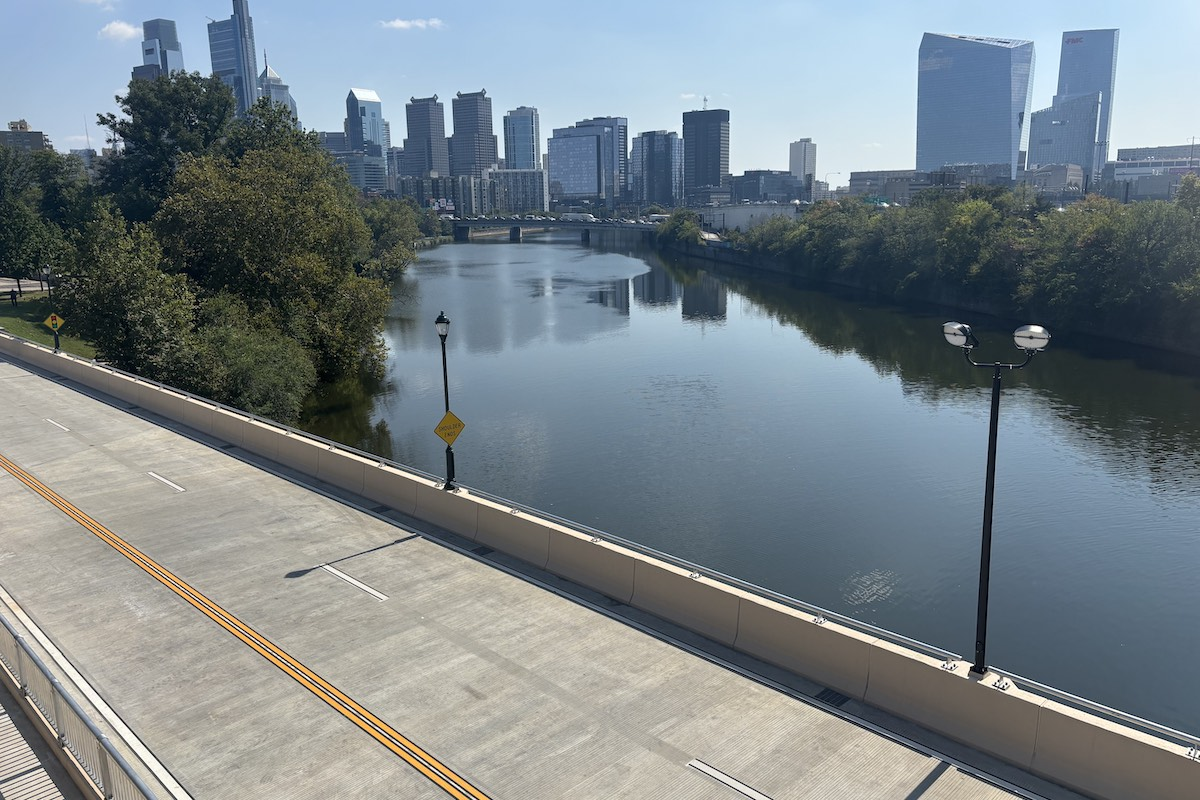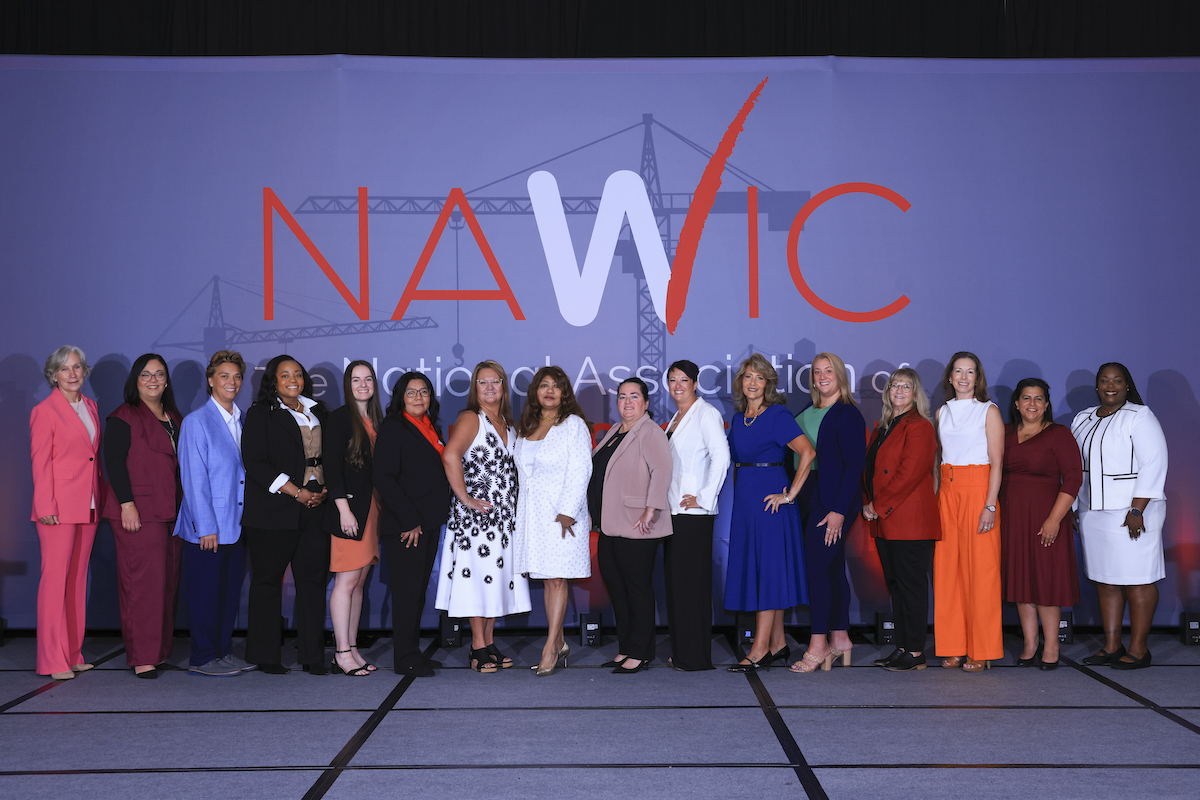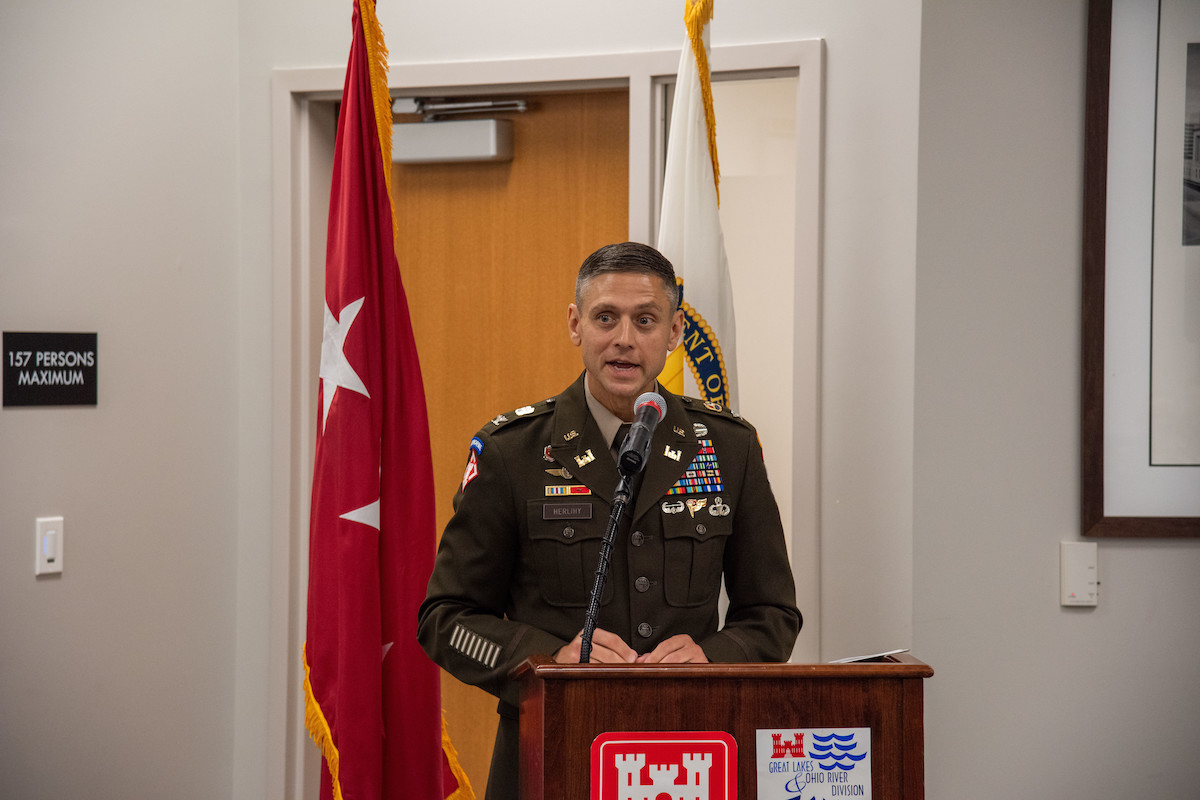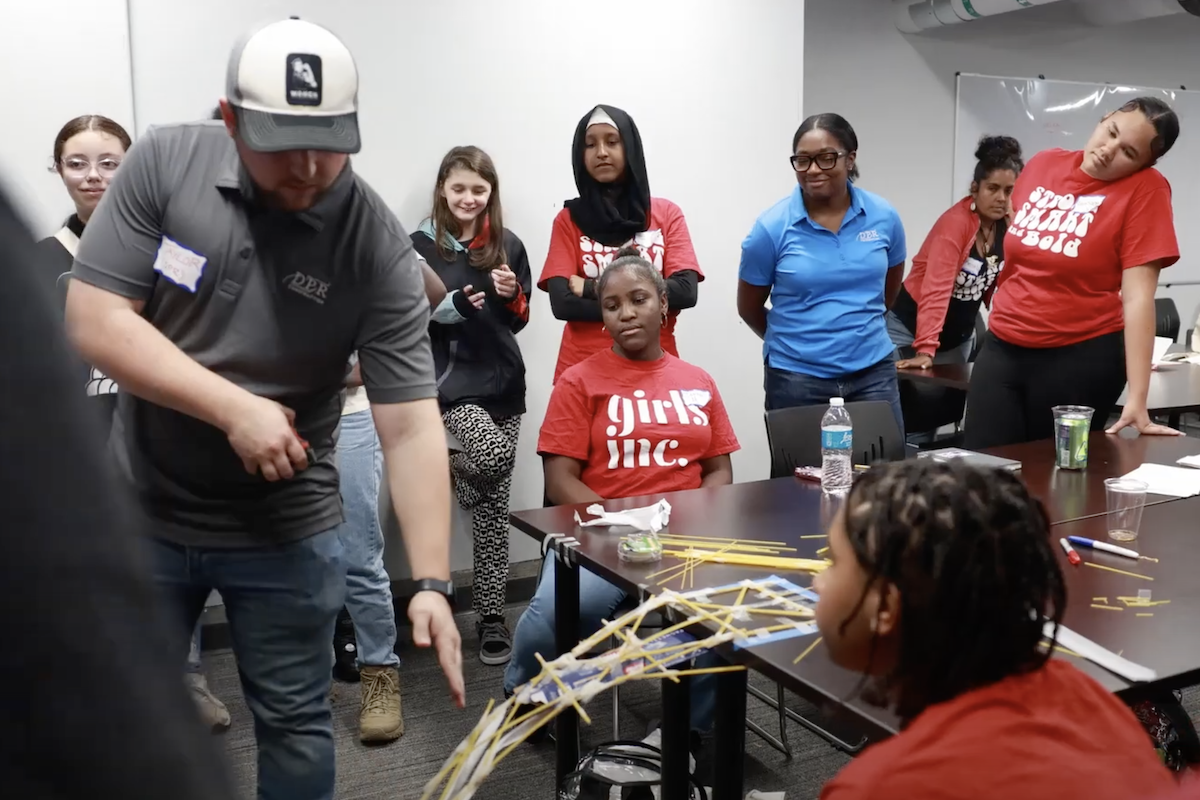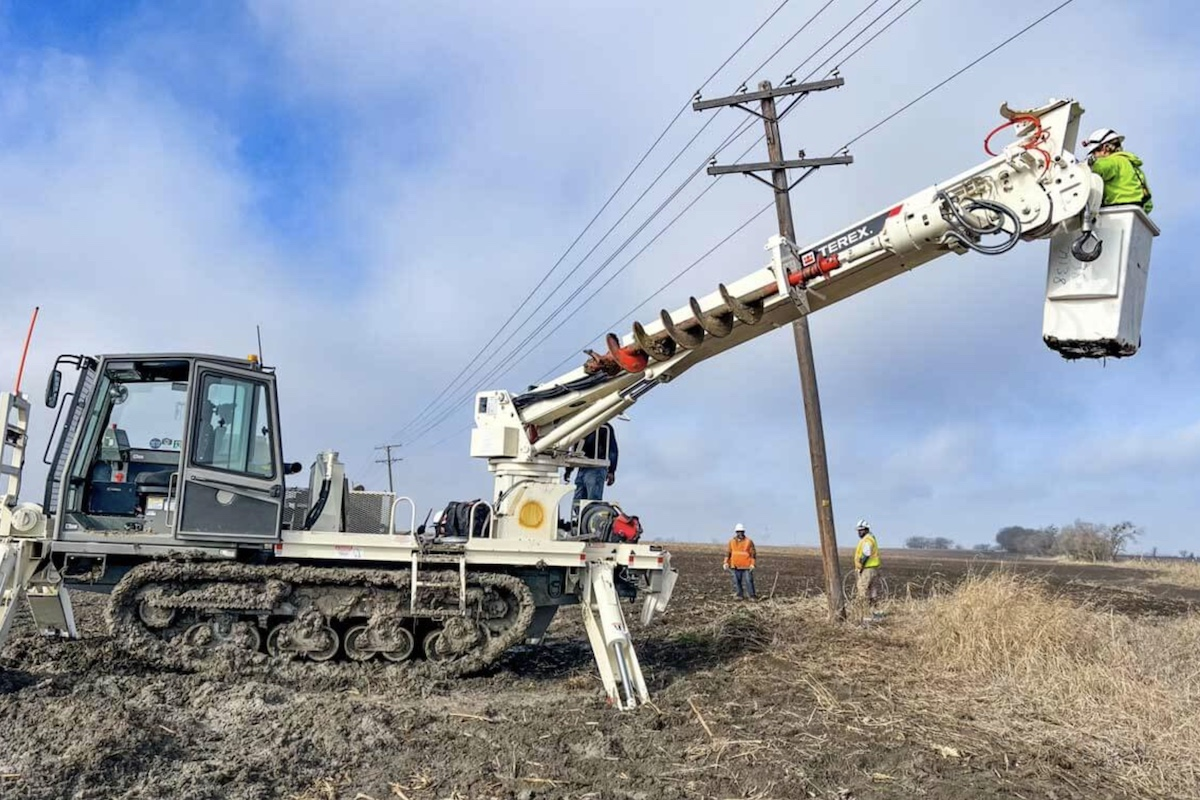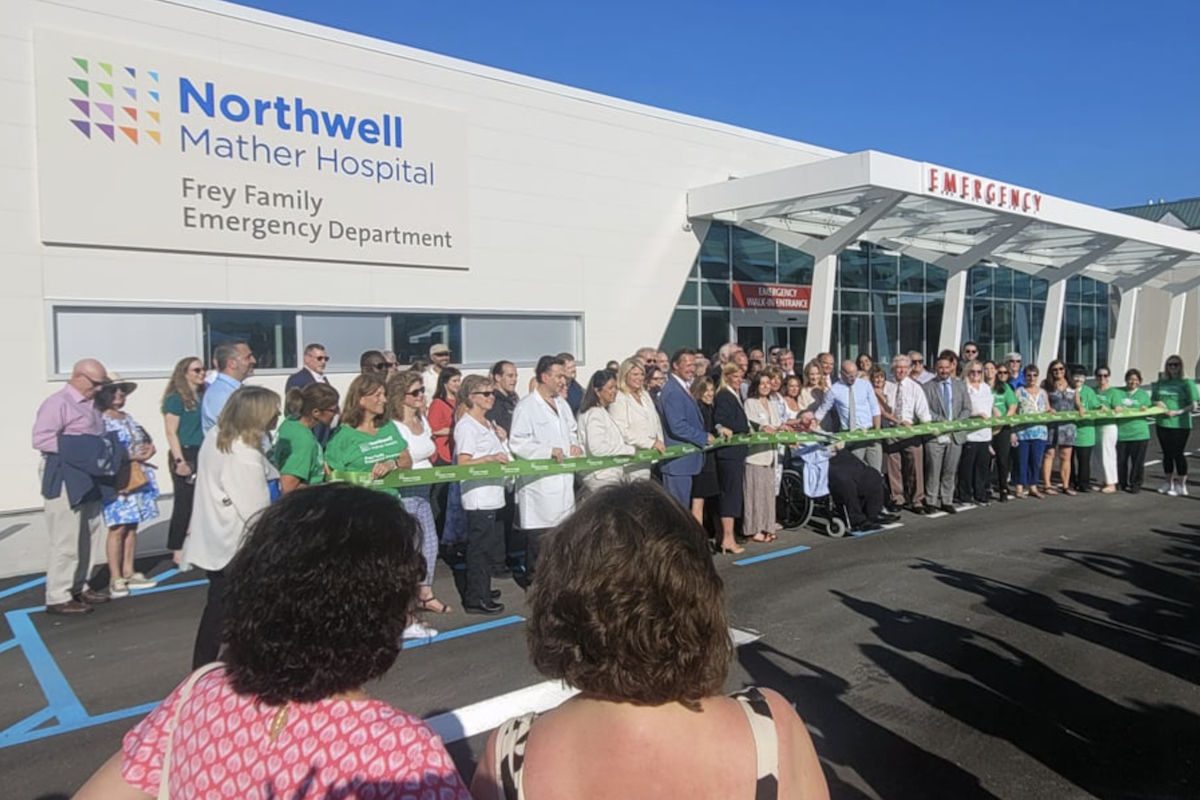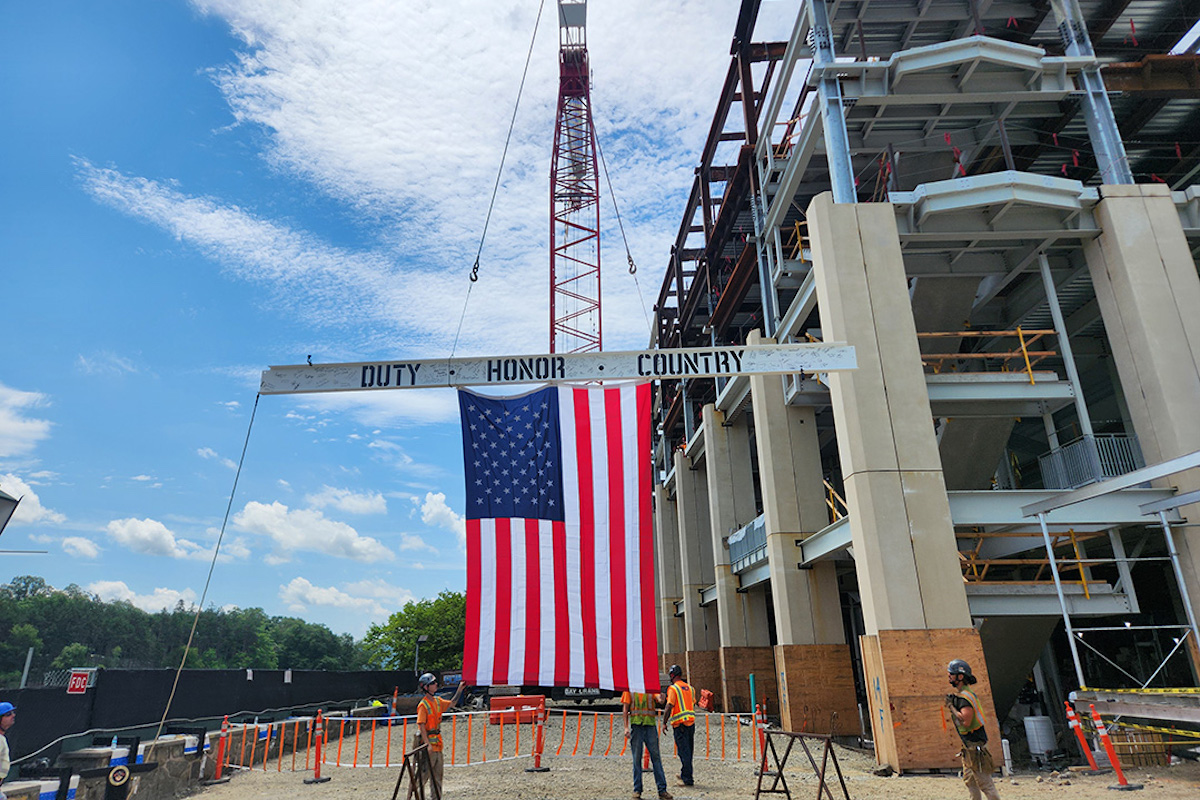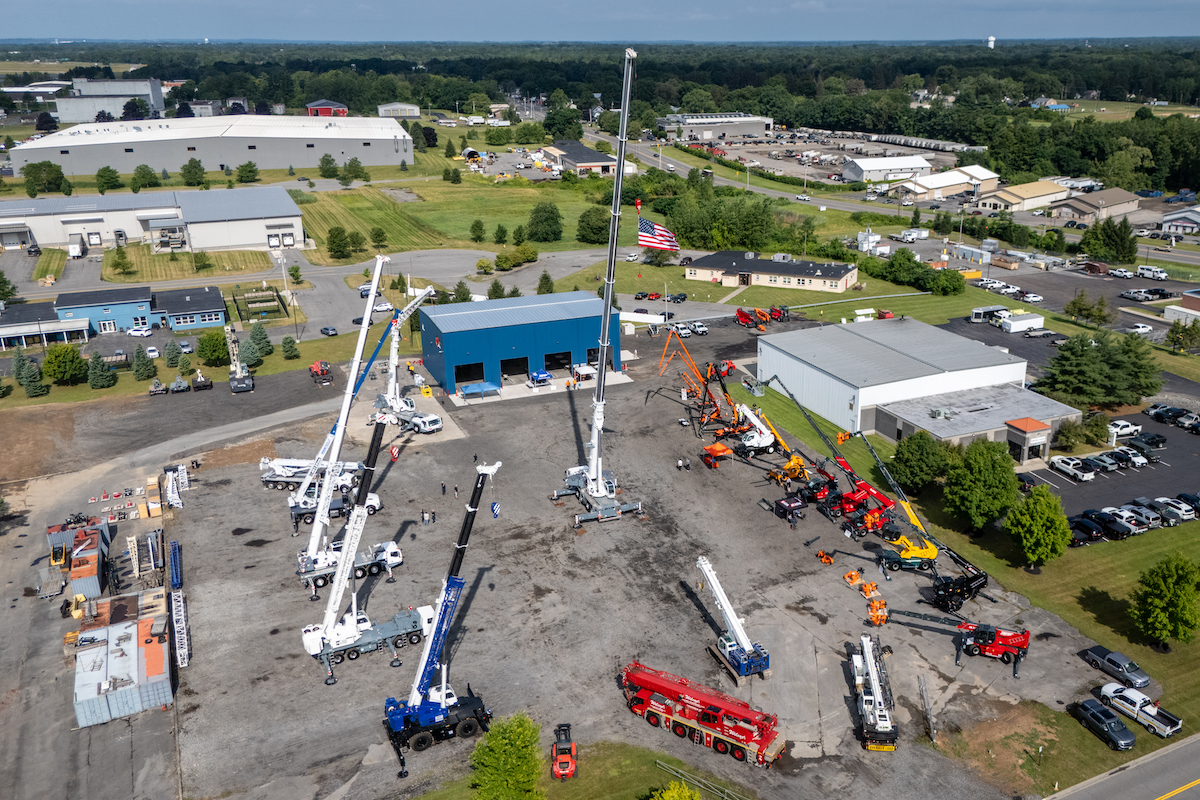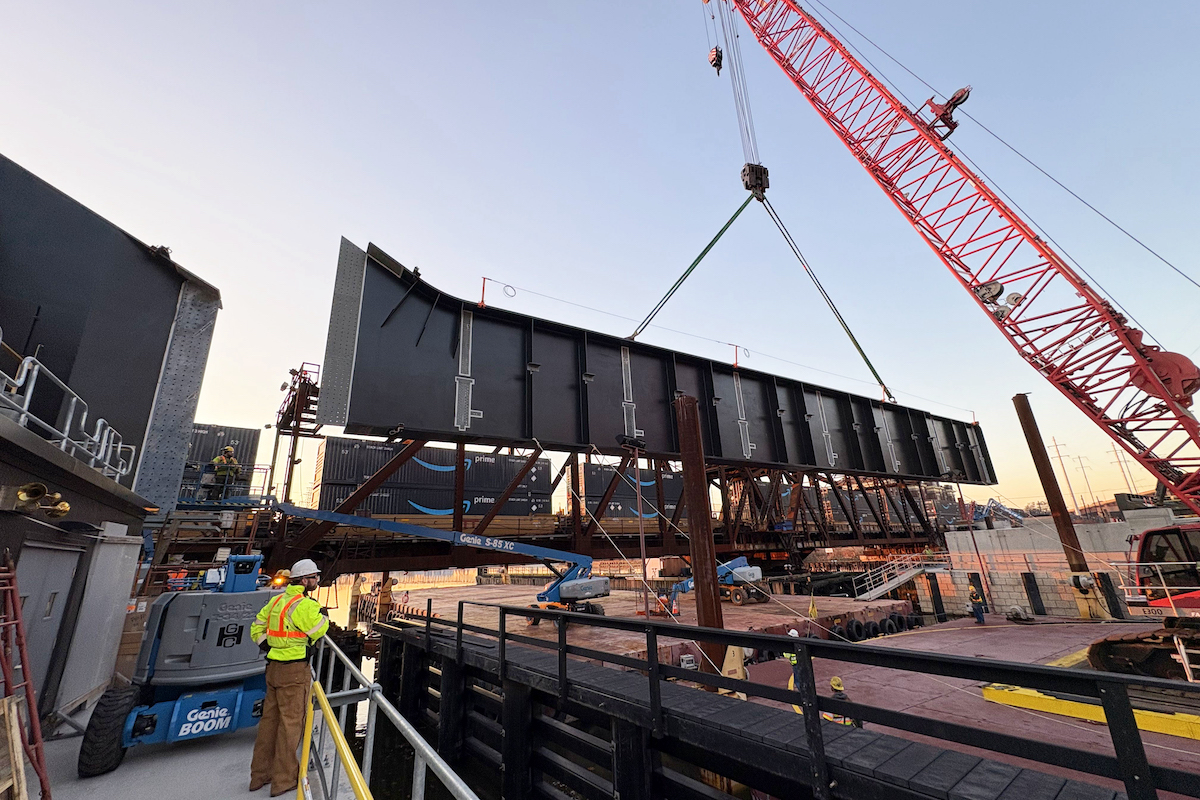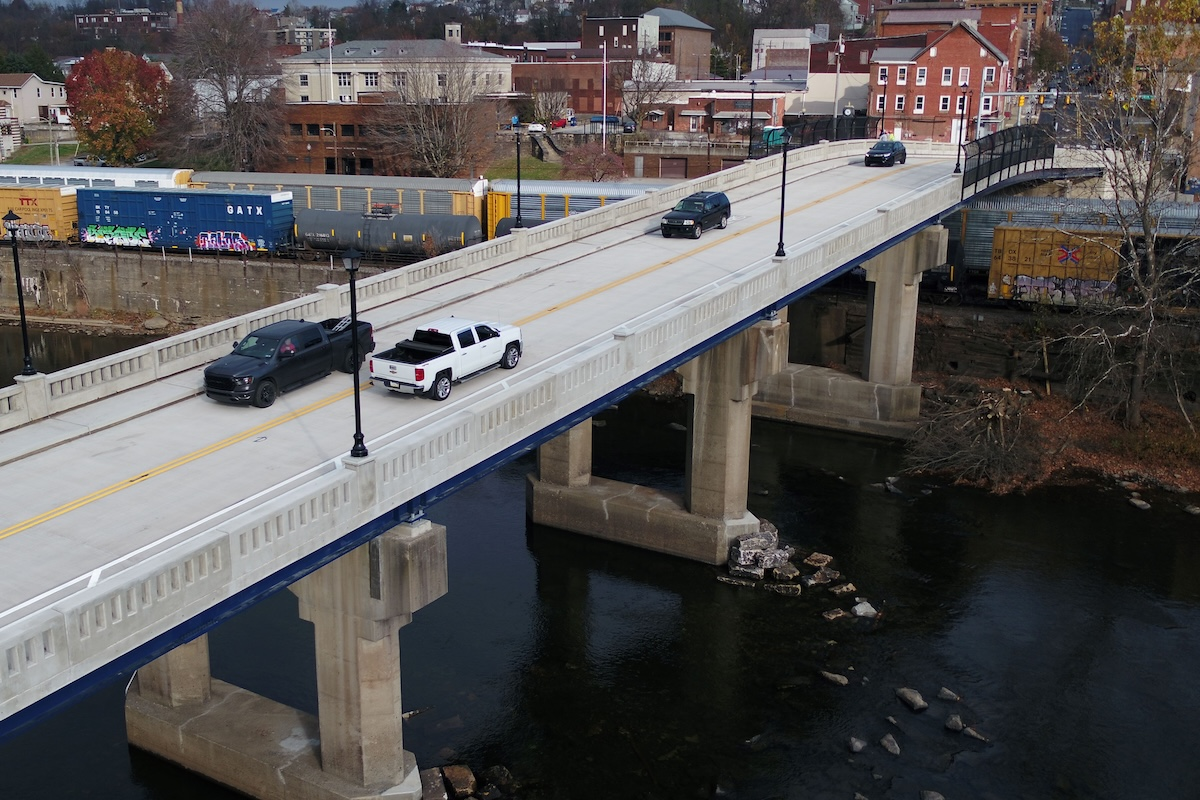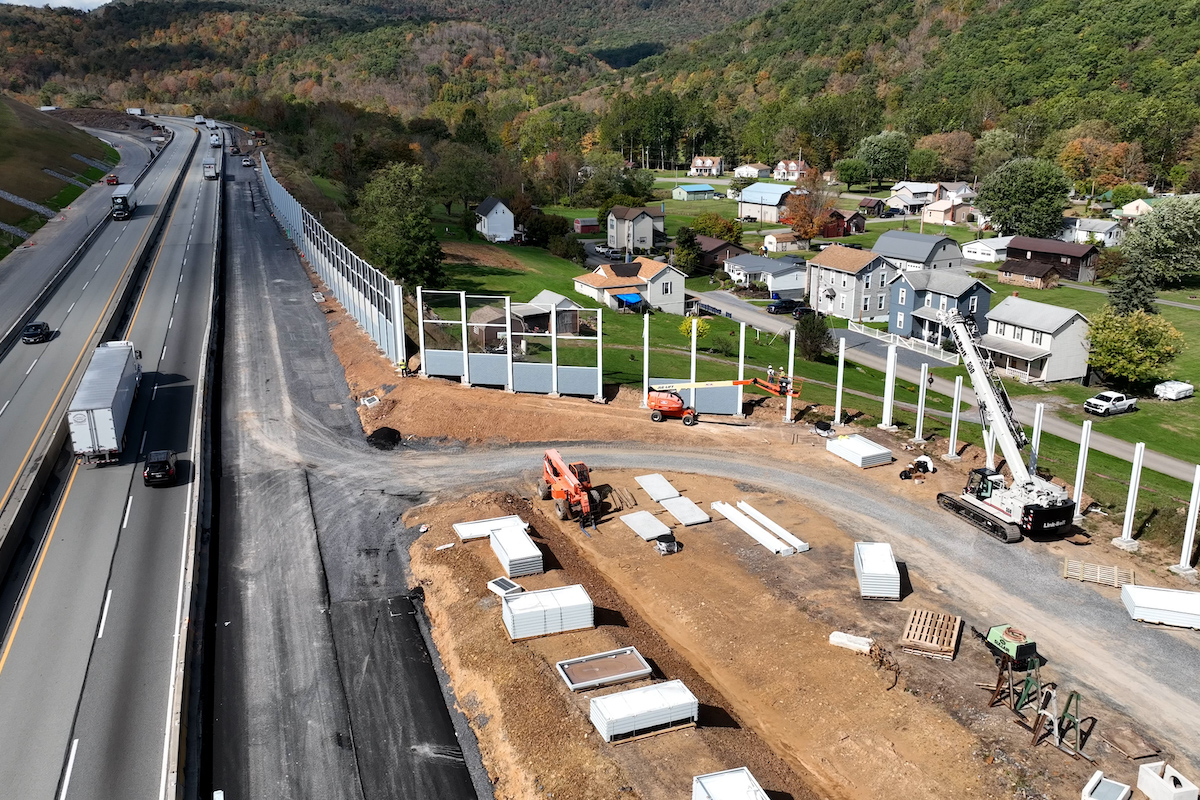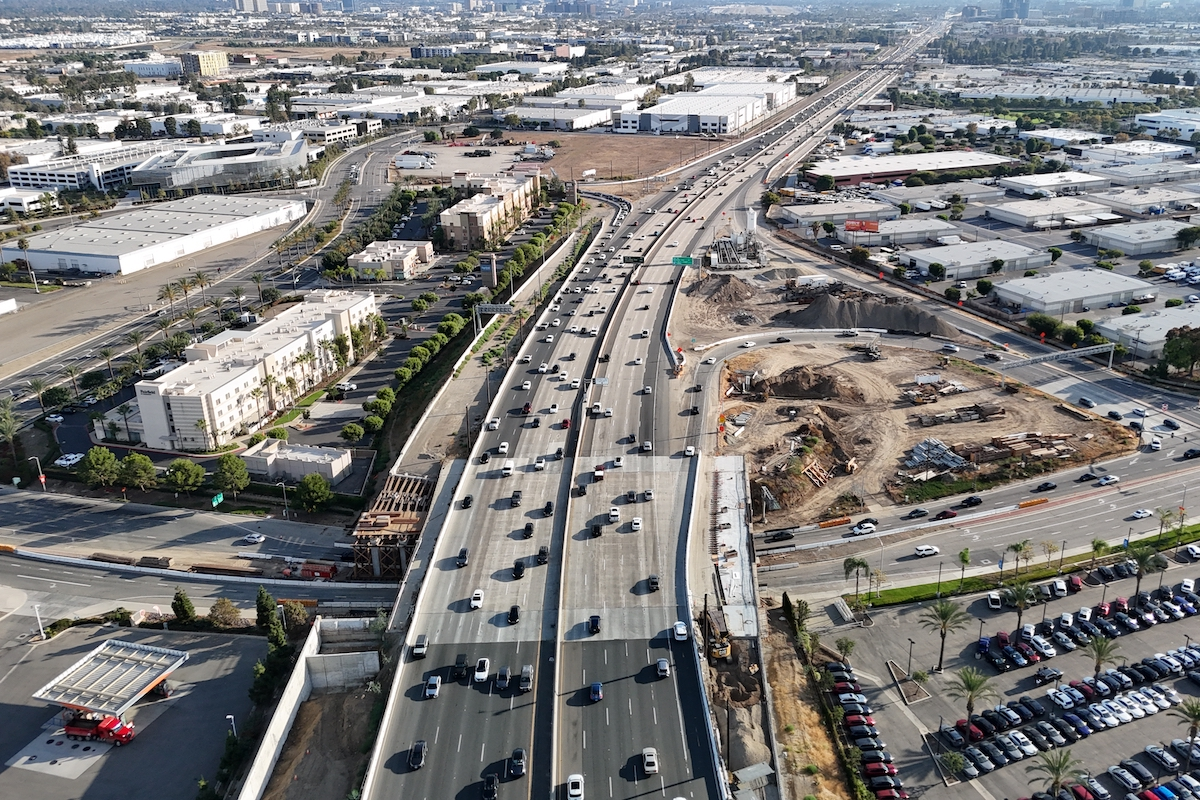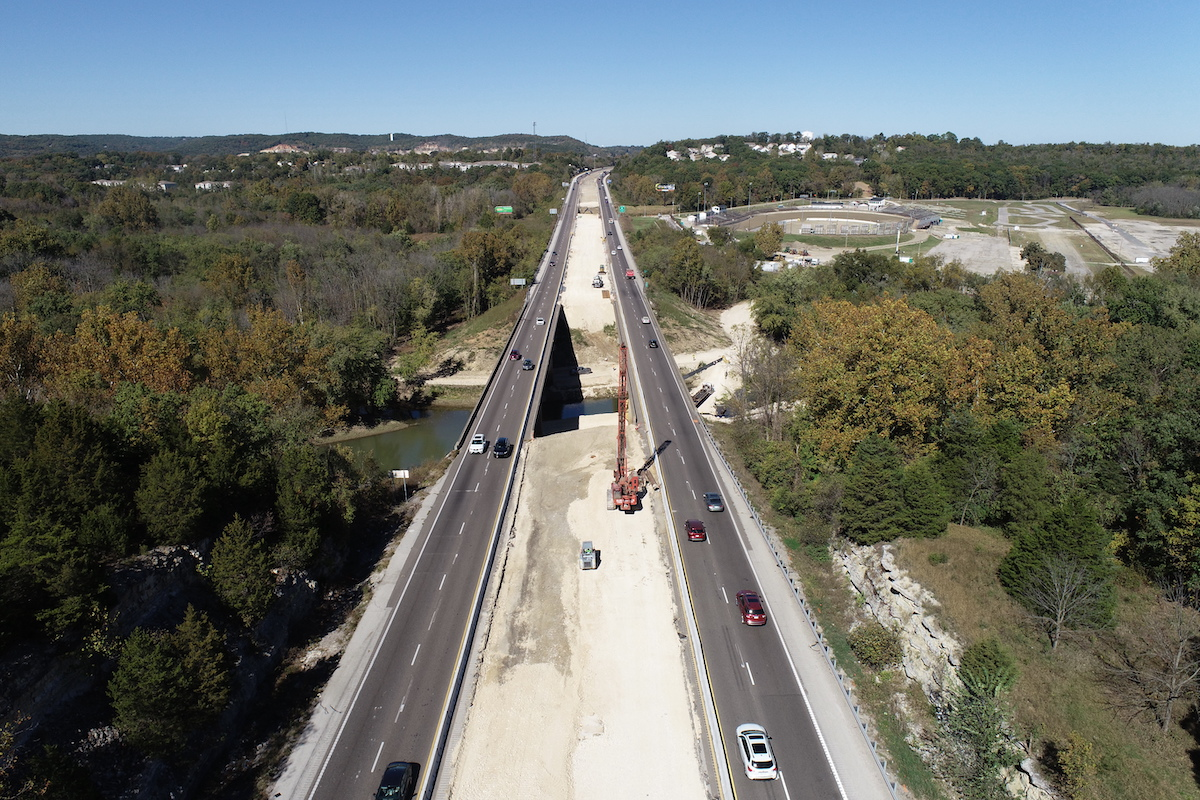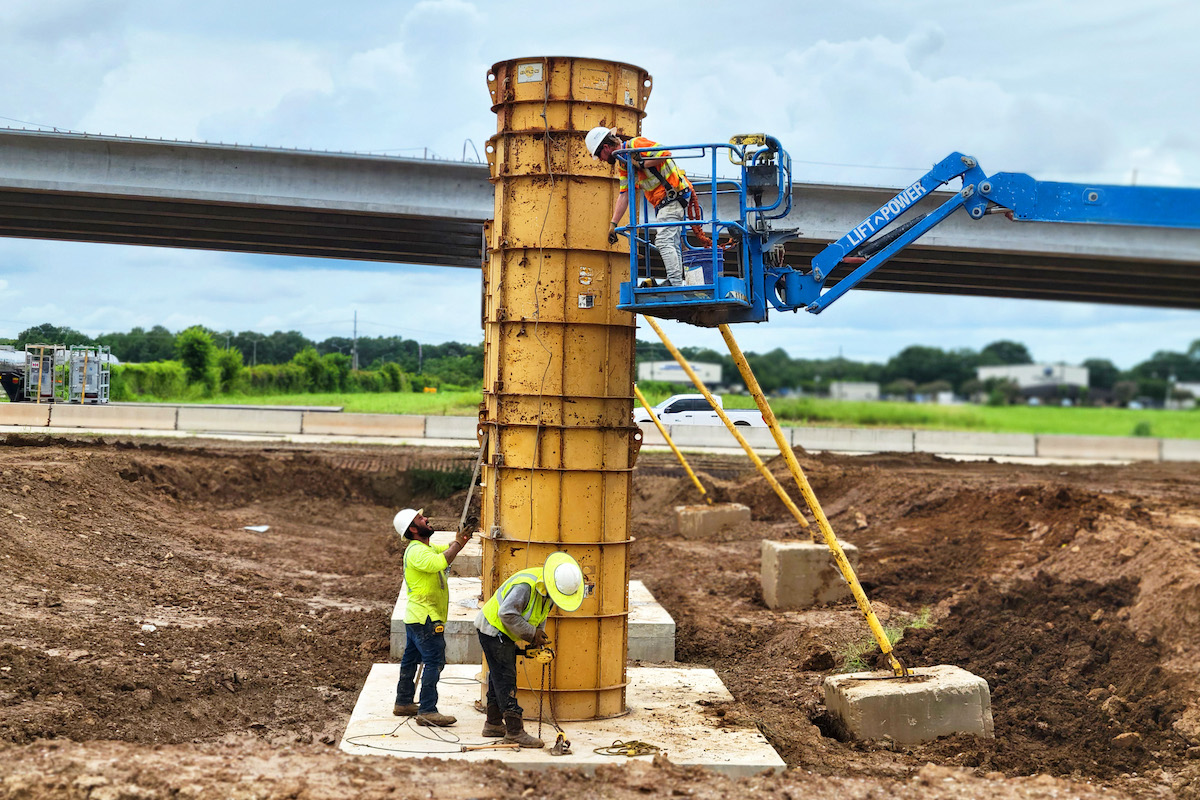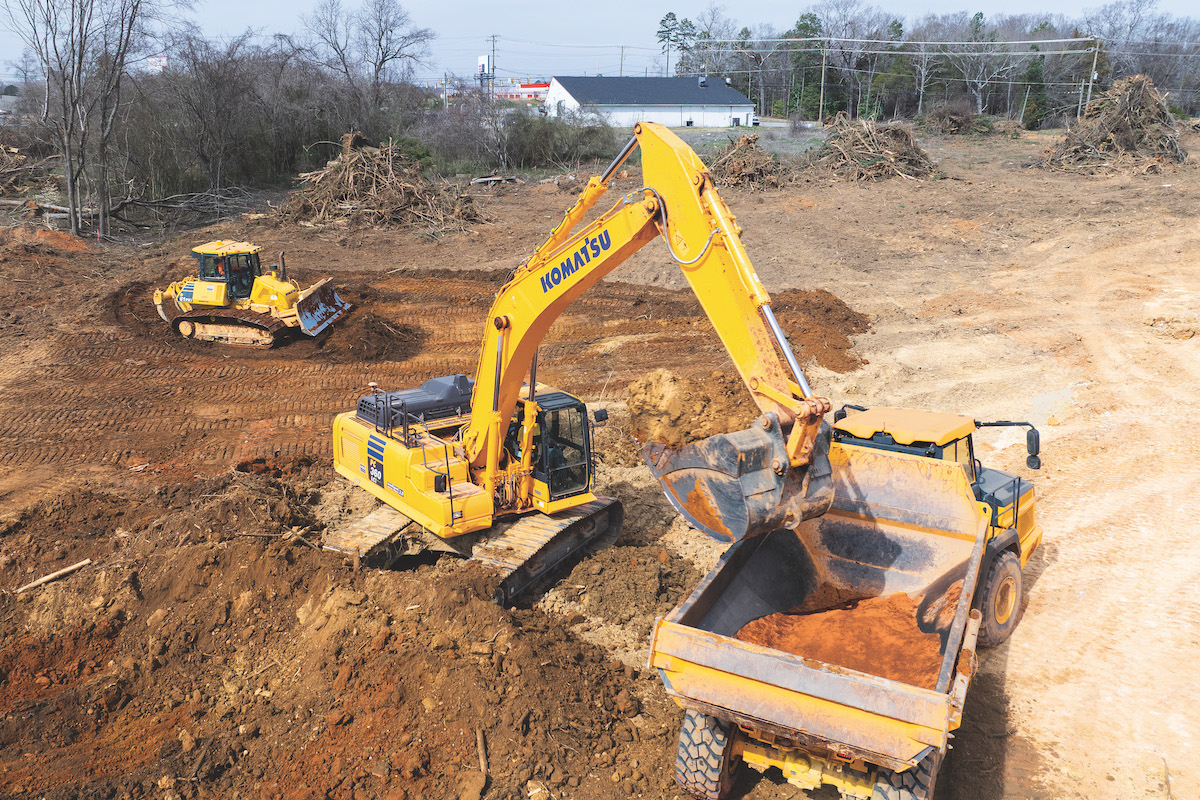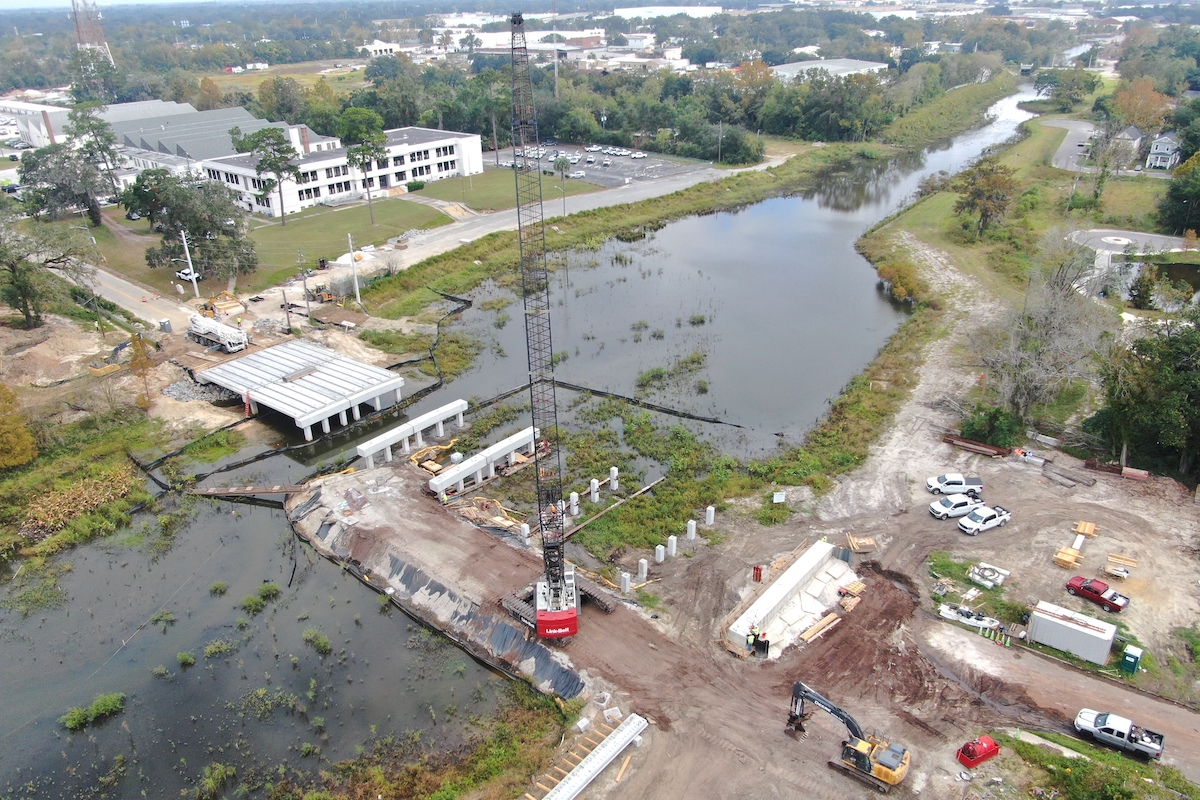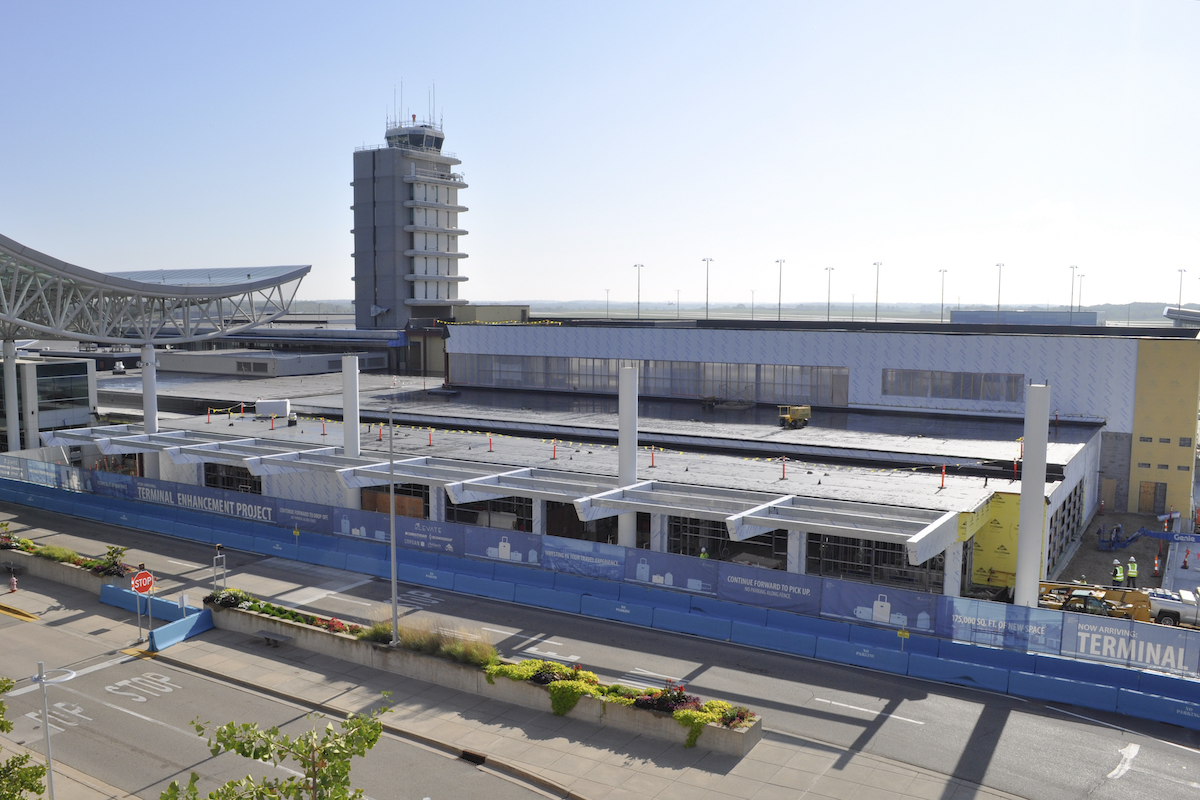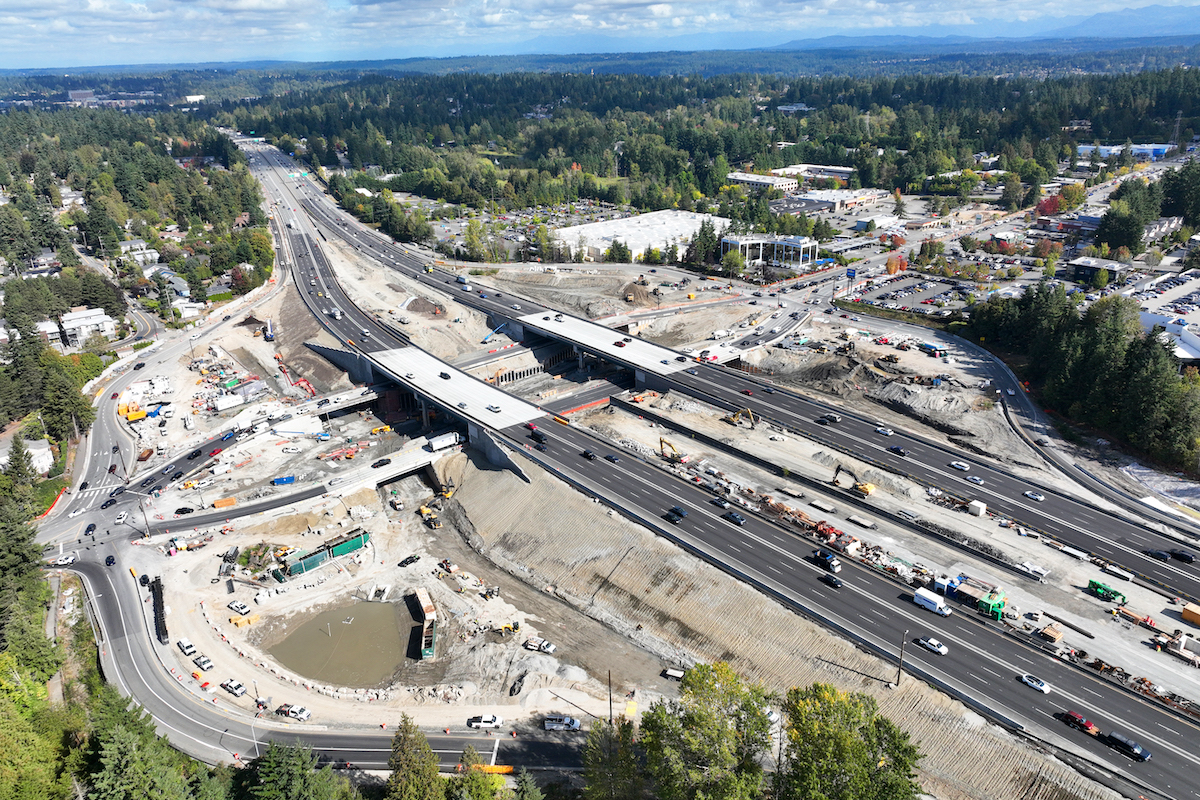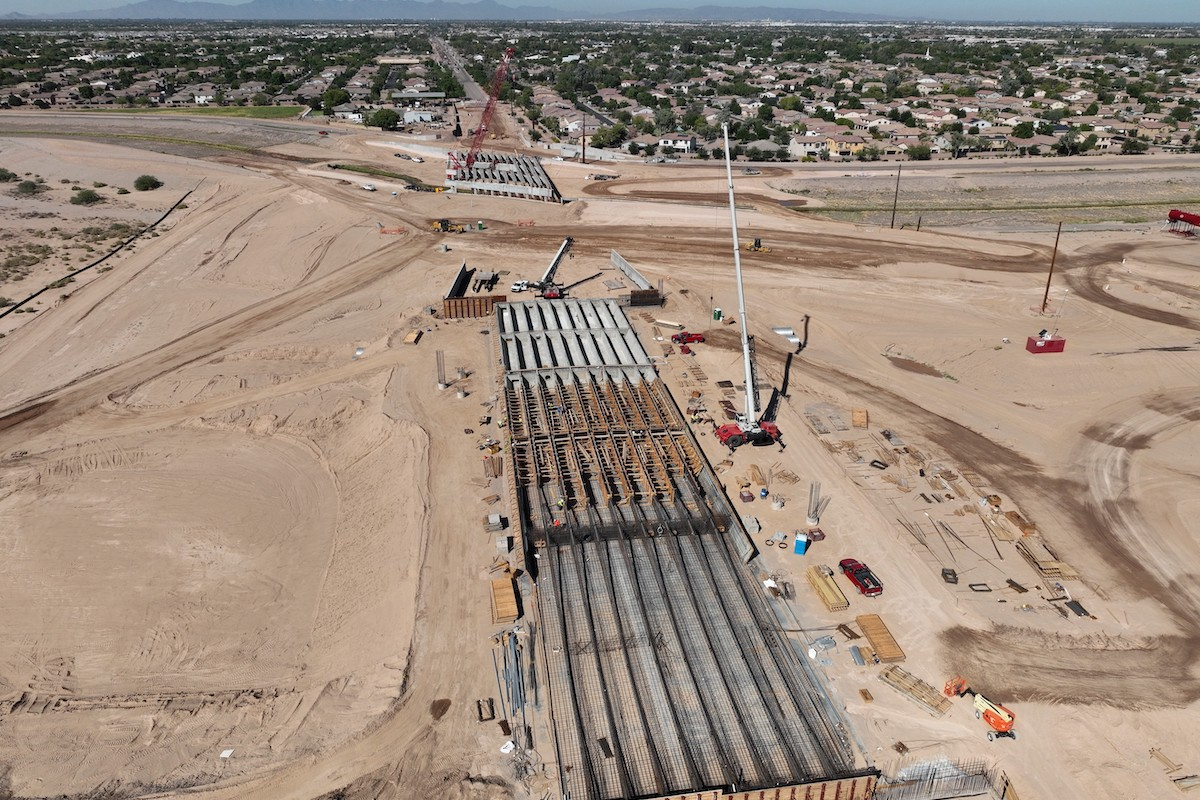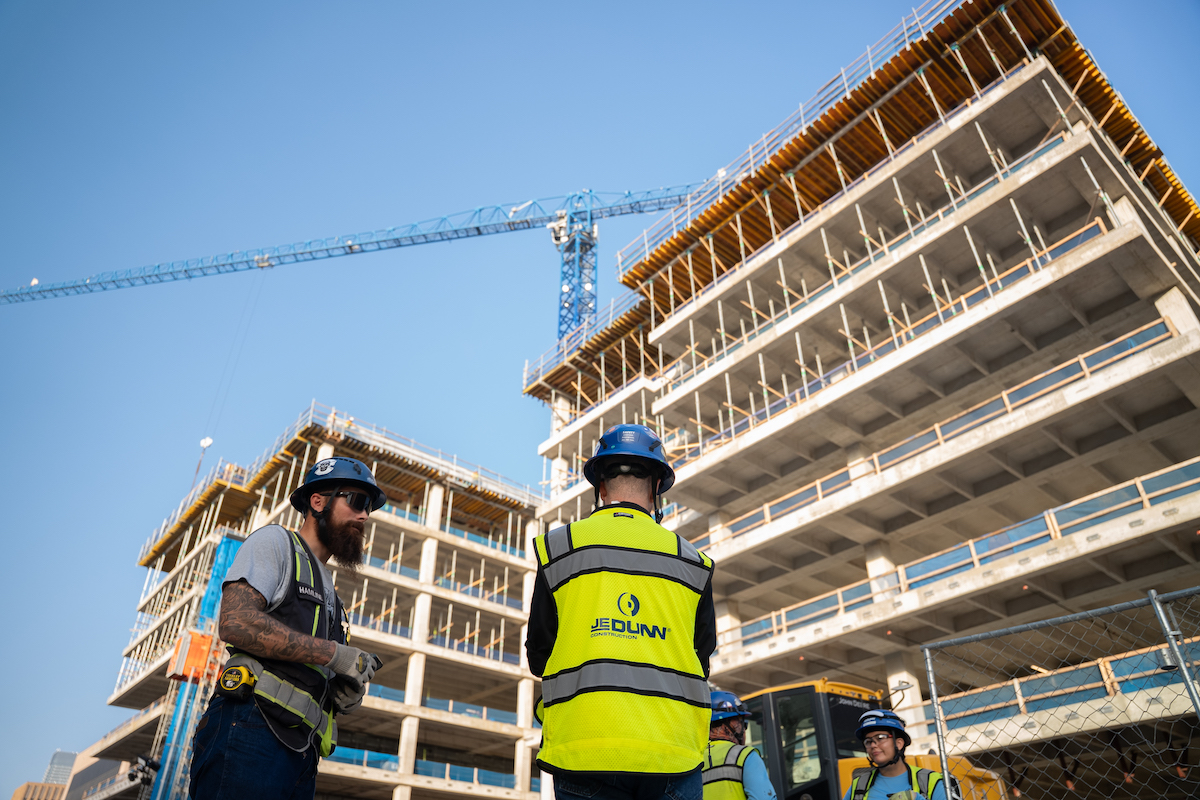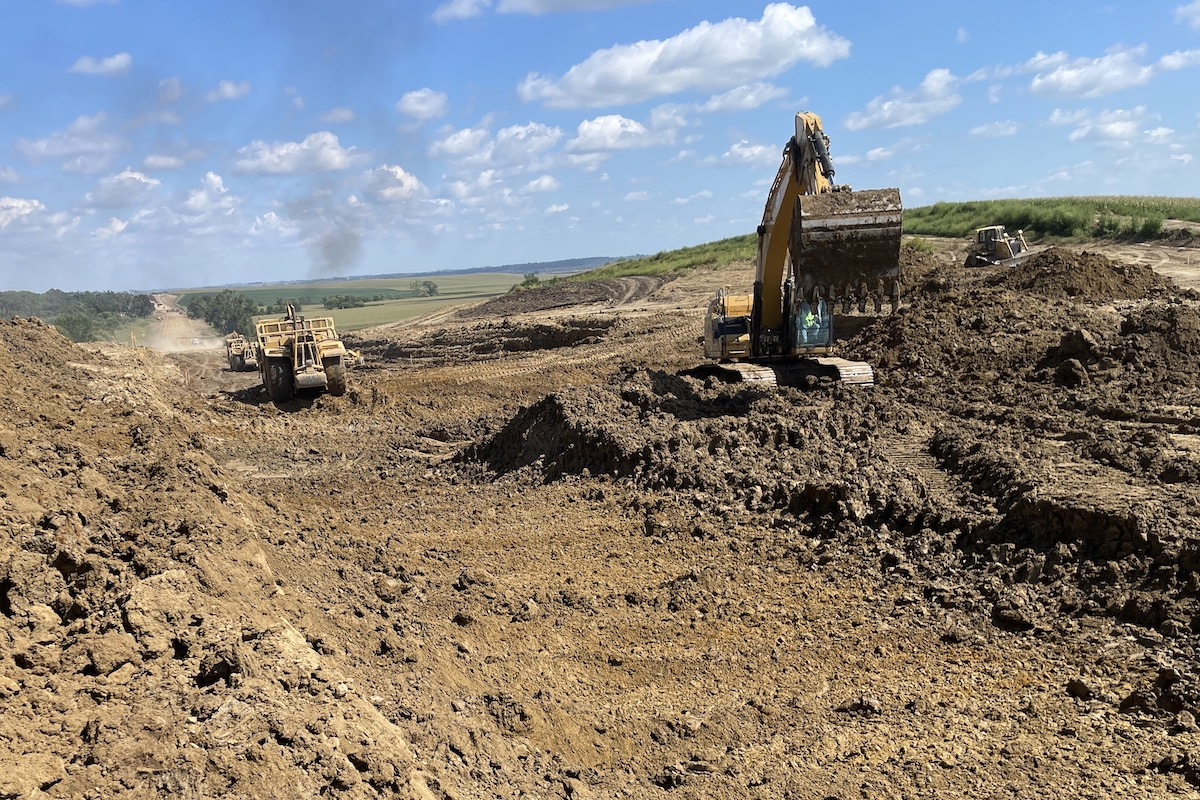Construction work will always involve risk. But the most dangerous hazards aren’t always the most visible. Too often, incidents happen not because a checklist was missed, but because attention wasn’t focused on the activities most likely to cause serious injury or fatality.
That’s where a focus on high-risk activities (HRAs) comes into play. An HRA approach helps contractors identify and target the hazards most likely to cause serious injury or death, shifting safety from compliance to proactive risk control.
OSHA’s “fatal four” hazards need little introduction. They account for the majority of construction worker deaths. Falls, trips, and slips accounted for 39.2 percent (421) of all construction fatalities in 2023, according to data from the U.S. Bureau of Labor Statistics. In addition, electrocutions, struck-by incidents, and caught-in/between accidents remain significant contributors to construction fatalities.
Despite decades of focus, these hazards persist. The number of overall incidents has decreased, but the number of serious injuries and fatalities and potential serious injuries and fatalities has stayed consistent. HRAs provide a framework to keep the spotlight on these hazards and other life-threatening risks.
Rather than inspections with a broad focus, which often result in low-risk observations, forward-thinking safety teams are emphasizing high-quality, high-risk inspections — conversations and observations that directly address what causes serious injuries and fatalities.

| Your local Trimble Construction Division dealer |
|---|
| SITECH Allegheny |
| SITECH Northeast |
The most effective safety programs focus their efforts around high-hazard activities most likely to result in life-altering incidents such as:
- Stored energy — pressurized systems, hydraulic lines, and tensioned cables, where unexpected releases can cause crushing injuries, amputations, or fatalities
- Falls from height — roof edges, scaffolds, ladders, and unprotected openings, which are still the leading cause of worker deaths in construction
- Electrical contact — energized panels, temporary wiring, and overhead lines with a risk of electrocution, burns, and fire hazards
- Caught-in/between — unguarded equipment, trench collapses, and workers positioned between moving machinery risk crushing injuries that occur in seconds with little chance of escape
- Struck-by hazards — suspended loads, falling tools, and equipment in motion are among the most frequent contributors to job site fatalities
By training crews to recognize these HRA categories, companies establish a shared language that keeps daily safety conversations focused on what matters most.
The best HRA programs are simple and field ready. They typically include:
- Observation templates to record safe, unsafe, or coachable behaviors
- Inspection checklists built around HRA categories
- Pre-task plans that identify HRAs present in the day’s work plan
- Crew debrief worksheets to encourage weekly conversations
- Decision trees to guide teams through gray areas where risks aren’t obvious
These aren’t about adding paperwork but building a routine practice of asking the right questions. The idea is to be more intentional with how we spend our time.

| Your local Trimble Construction Division dealer |
|---|
| SITECH Allegheny |
| SITECH Northeast |
Not every hazard is obvious. That’s why HRA programs often use a simple decision tree:
- Could this task cause a fatality if something goes wrong?
- Could it lead to a life-threatening or life-altering injury?
- Would failure in a life-critical safety process (like fall protection or lockout/tagout) make this deadly?
If the answer to any of these is yes, it’s an HRA. It requires immediate attention.
Capturing data on HRAs is important. But what we do with the data drives change. Each observation is a data point that can highlight key trends such as:
- Do certain crews or trades show repeated issues?
- Is one phase of work generating the most high-risk observations?
- Are specific hazard categories increasing or decreasing across job sites?
Safety leaders who track and discuss these patterns turn observations into actionable insights. The goal isn’t to log more hazards but to spot themes, coach effectively, and share lessons learned across projects before incidents occur.

| Your local Trimble Construction Division dealer |
|---|
| SITECH Allegheny |
| SITECH Northeast |
For HRAs to be effective, they need to be woven into everyday workflows, not treated as special initiatives. Proven approaches include:
- Assigning an HRA champion — Designate a rotating crew member who leads weekly safety conversations.
- Encouraging teams to conduct HRA observations each week — Focus on actionable findings, not volume.
- Integrating into existing processes — Add HRA prompts to pre-task plans, inspections, incident reports, and job hazard analyses instead of creating separate systems.
The more visible and routine HRA checks become, the more crews begin to recognize and address life-threatening hazards as part of their daily work.
Shifting safety programs toward HRAs doesn’t mean abandoning compliance or broader observation systems; it means making sure the hazards with the greatest consequences get the greatest attention.
Many safety leaders and their crews are embracing this new focus. As a result, they’re contributing to a refreshed culture where serious hazards are identified earlier, shared across projects, and controlled before anyone gets hurt. It’s a mindset shift that moves safety from a checklist exercise to a life-saving practice — helping ensure more workers go home safe every day.

| Your local Trimble Construction Division dealer |
|---|
| SITECH Allegheny |
| SITECH Northeast |
Dylan Hipple, CSP, CHST, is a Senior Customer Success Manager at HammerTech. With nearly a decade of experience across construction, insurance, safety consulting, and technology, he helps contractors strengthen safety culture through practical, risk-focused approaches.




